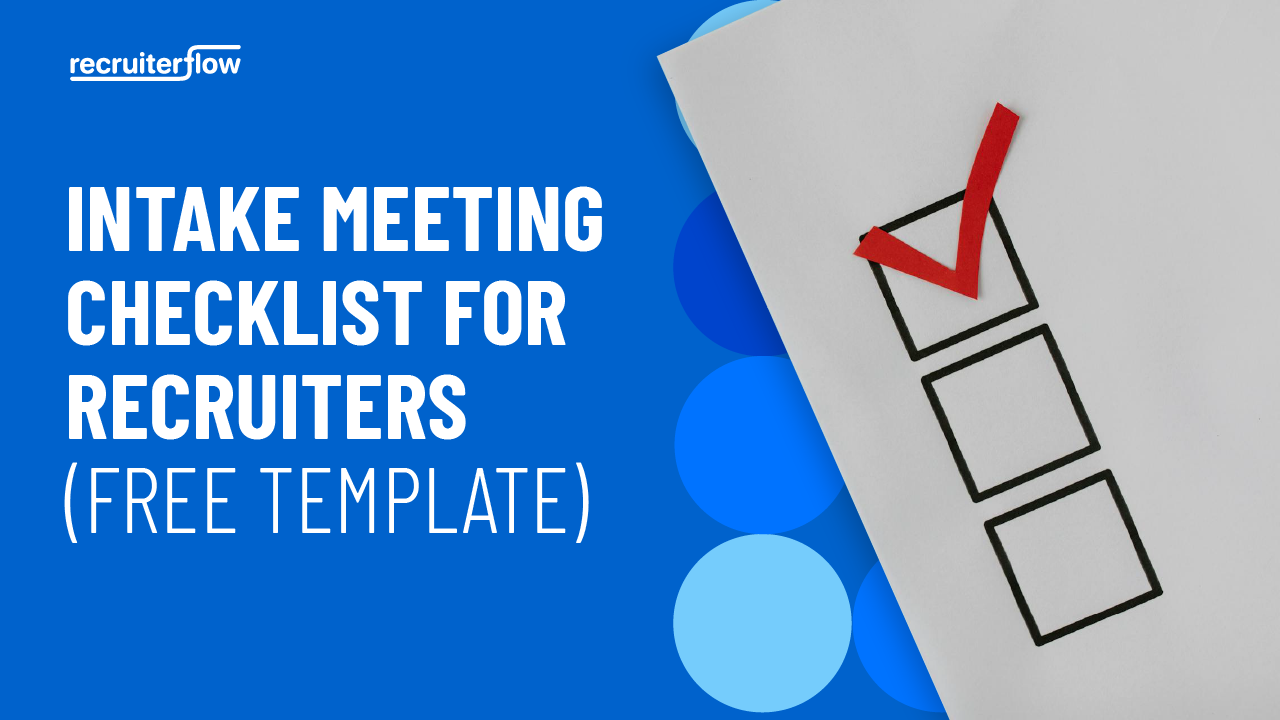
AI Sourcing in 2025 – Complete Guide
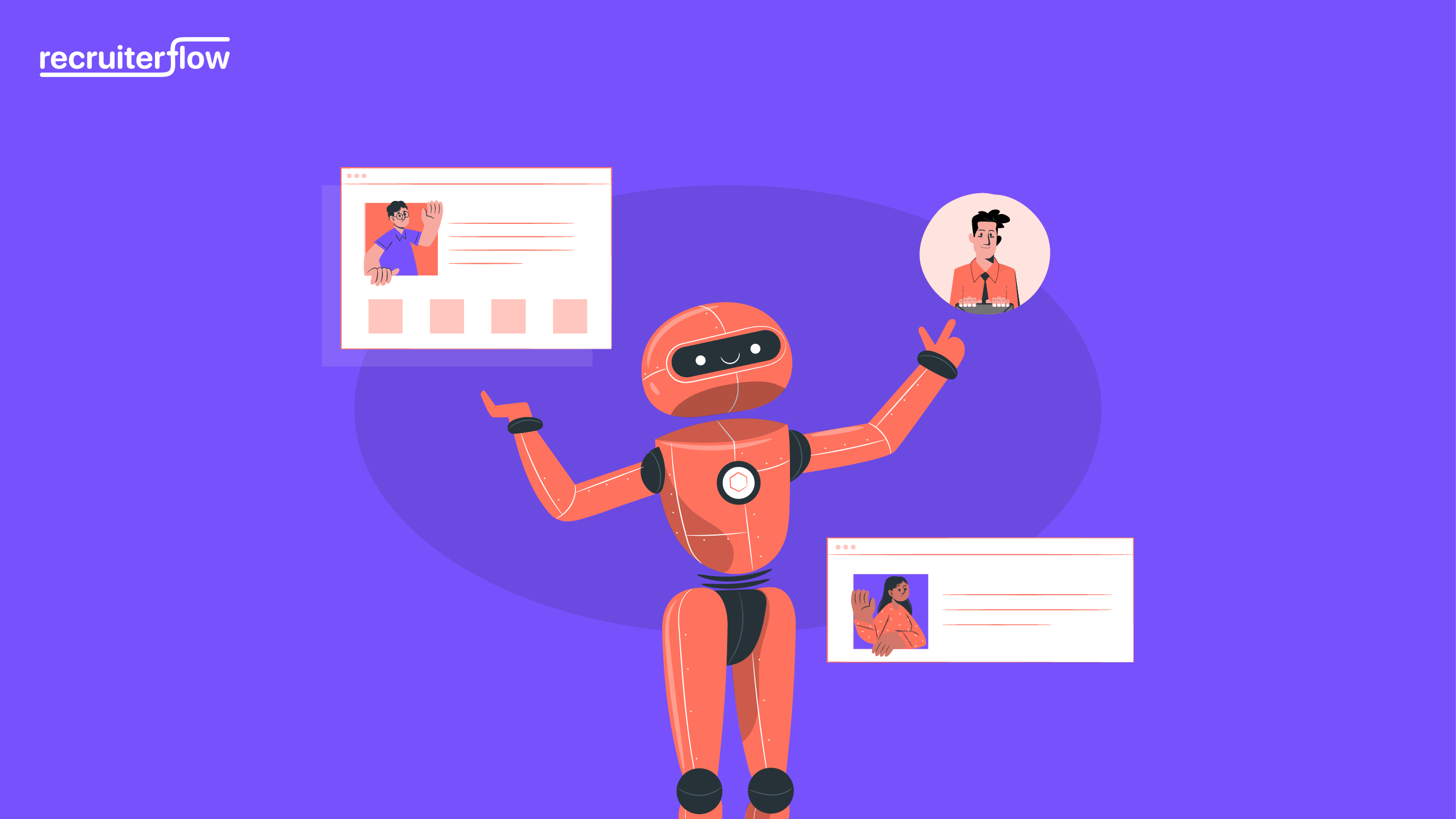
Candidate sourcing is the process of finding, contacting, and engaging with potential candidates for a job opening. It is a tedious task that involves a lot of manual and repetitive processes.
For years, recruiters have tried multiple hacks to make candidate sourcing simpler but not much has changed–until now!
Last year, AI became the talk of the town with multiple tricks up its sleeves. As the conversation on AI’s potential impact on the future of recruiting continued, tangible progress was made. For recruiters, artificial intelligence comes as a blessing with its potential to perform repetitive tasks effectively.
This guide on AI sourcing will cover everything recruiters must know to get started. We will understand the need for AI sourcing, its use cases, practical insights, and strategies to implement and integrate AI effectively.
What is AI Sourcing or AI Candidate Sourcing?
AI sourcing is the practice of using AI to identify, screen, and engage potential candidates. It is a proactive approach to identifying qualified talent by using various platforms including job portals, social media, talent databases, referrals, etc.
Sourcing candidates is a continuous process. For recruiters, building a pipeline is a recurring process irrespective of the demand. Since sourcing never stops, AI can also help in identifying candidates from an existing list when there’s a job opening.
Here’s a quick comparison between sourcing with and without AI.
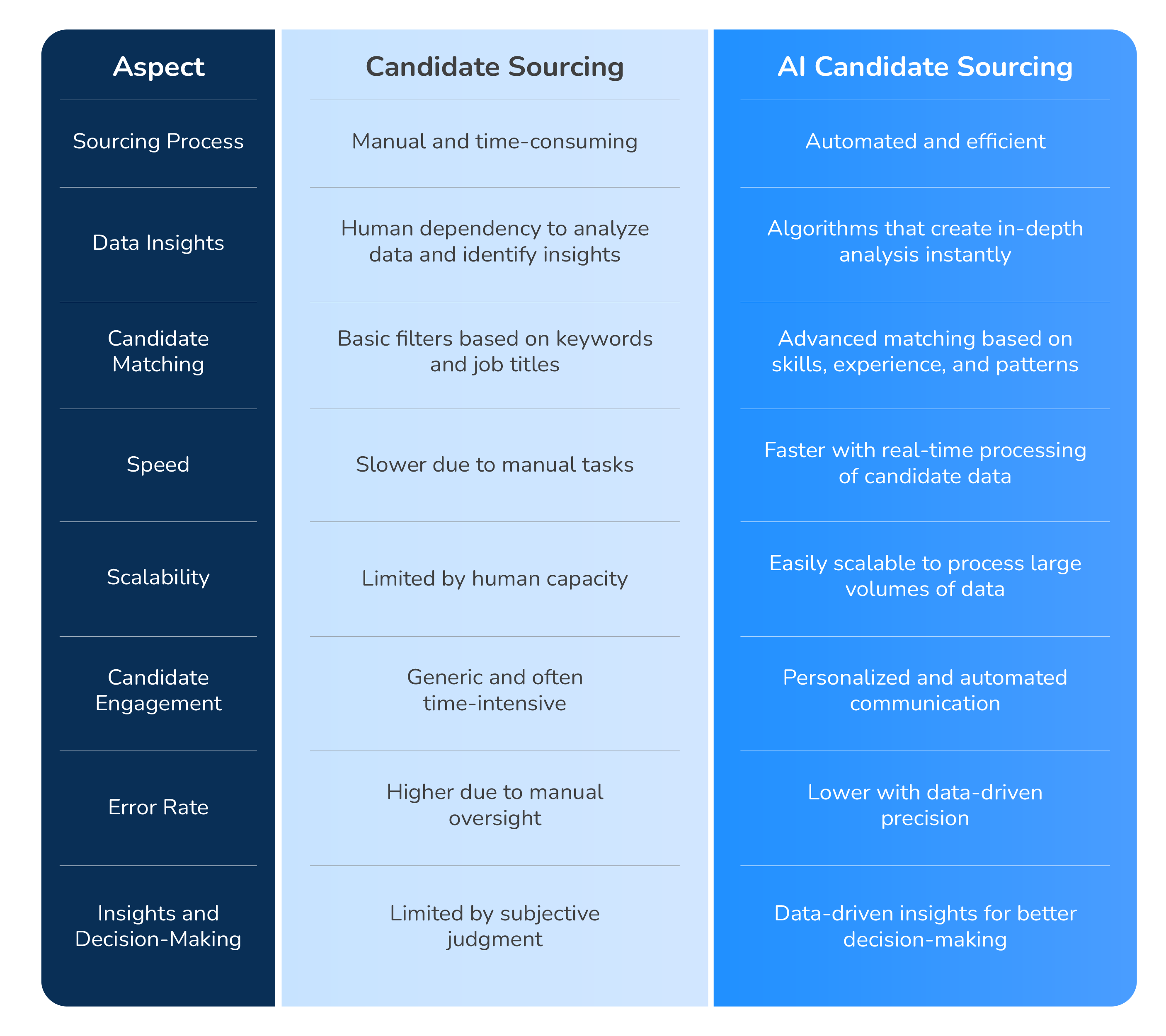
Why is AI Sourcing Important in 2025?
According to LinkedIn Talent Solutions, a majority of recruiters (46%) find it difficult to attract and engage qualified candidates. AI sourcing can run all the manual processes and remove guesswork. With AI, recruiters can rely on data to make informed decisions such as identifying the optimal sourcing channel, mode and timing of communication, etc.
Identifying the ideal candidate manually is excruciatingly long, often leading to oversight. AI sourcing frees up time so recruiters can focus on decision-making.
Cut admin work, increase placements and let your recruiters focus on conversations, not spreadsheets. Discover how with Recruiterflow AI.
How AI Sourcing is Transforming Recruitment?
Recruiting follows a bell curve making it more competitive, especially when the supply-demand gap widens. The supply of talent is constantly on the rise whereas the demand for talent is unpredictable.
The existing methods of candidate sourcing and engagement are also changing rapidly. Recruiters are forced to rewrite their playbook to engage with passive candidates. With AI sourcing, recruiters can execute new ideas quickly and efficiently. With AI, recruiters can focus on identifying and engaging only the ideal candidates instead of a spray-and-pray approach.
Secondly, candidates are switching jobs more often. According to Forbes, 27% of Gen Zers plan to switch jobs within one year, and 30% of all employees plan to switch jobs every three to five years.
This means the sanctity of a recruiter’s database is always in question. Imagine reaching out to a candidate for an entry-level position who has progressed to a mid-senior role–lower the relevance of the role for the candidate, lower the probability of conversion. Tools like Recruiterflow help recruiters refresh candidate data on demand using AI.
So, how can you implement AI to source candidates? Let’s understand.
How to use AI Sourcing?
Most AI tools are based on an existing framework or technology. So, the first step is to list down all the activities in your current candidate sourcing. As they say, the output of your AI is only as good as your input.
AI is based on algorithms that use a big database to build intelligence. In the context of sourcing, the data points would be job title, years of experience, location, skills etc.
Most tools will use this information to identify patterns and answer questions like job switching patterns and relevant job roles based on skills and experience.
The best way to implement AI is by underlining the purpose and outcome. Any tool you choose must align with your talent sourcing strategy.
Popular AI Sourcing Tools
Here is a list of AI sourcing tools that you must know of:
1. Recruiterflow
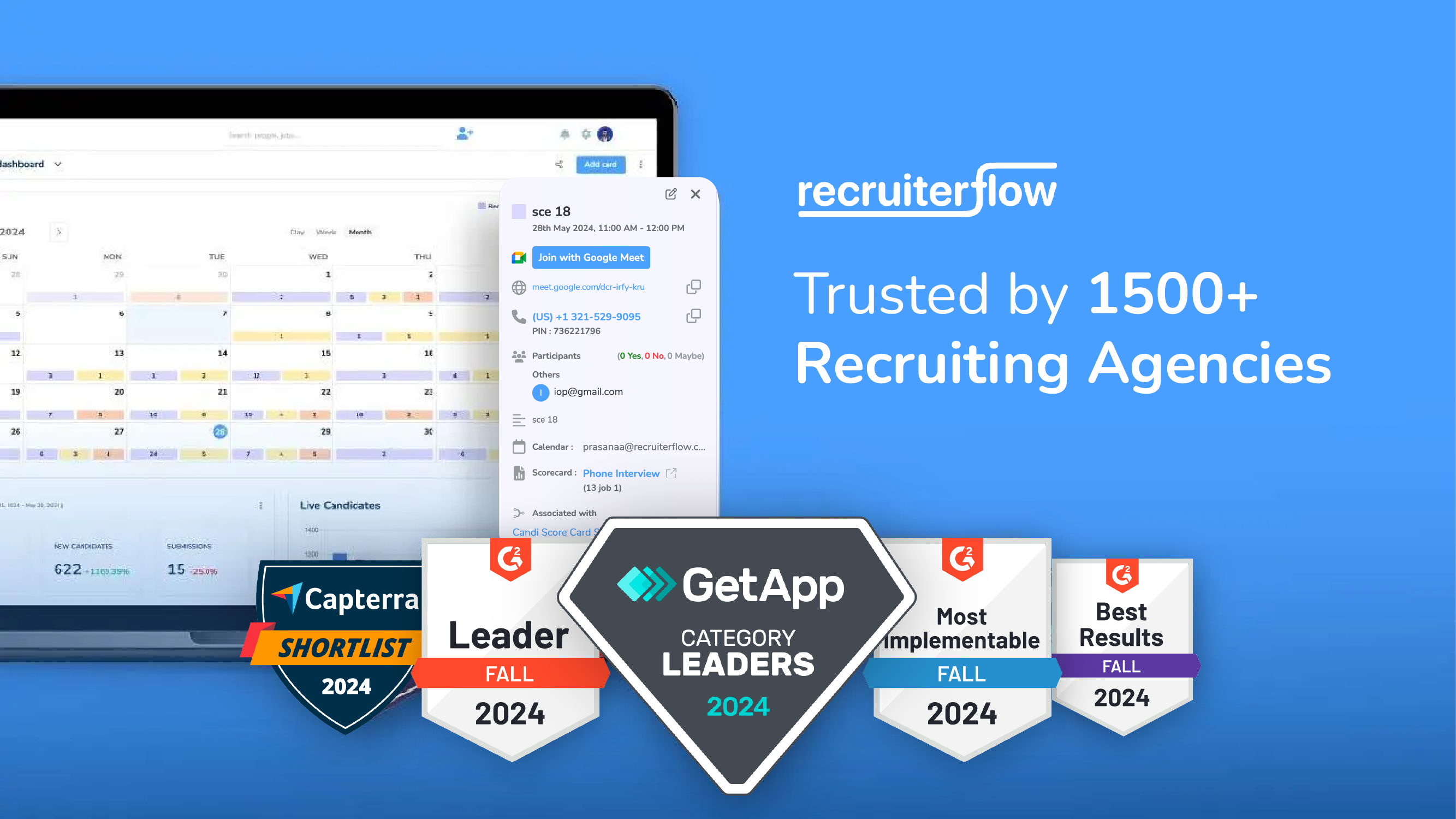
Recruiterflow is the command centre for all your Recruitment Operations (RecOps). Recruiters can integrate Recruiterflow with major tools (Signal hire, HireEZ, Veton.AI to name a few) to engage with candidates. Recruiterflow also provides a host of automation and workflows to engage with candidates across different channels like email, SMS, and social media.
The highlight is RFGpt which is an AI-powered assistant that can help in identifying the most placeable candidates (MPC). RFGpt lets recruiters interact with each candidate profile, generate a summary, and identify job relevance. Its Chrome extension extracts candidate information in a single click.
Recruiterflow is rated 4.7/5 on G2 and Capterra.

2. Findem
Findem is an AI-powered data talent platform that finds external talent with contact details and other information. The platform supports integration with your ATS to access all employee and candidate data in one place.
User reviews:
G2: 4.7/5
Capterra: 4/5
3. HireEZ (formerly Hiretual)
HireEZ is an AI-powered talent intelligence platform that helps recruiters source and screen candidates from a database of over 800 million profiles. The highlight is their AI-powered candidate matching and sourcing tool.
User reviews:
G2: 4.6/5
Capterra: 4.7/5
4. HireVue
HireVue is a powerhouse in the AI screening space, with a focus on video interviewing and AI-driven assessments to evaluate candidates.
It’s particularly popular for its ability to analyze verbal and non-verbal cues during interviews, so recruiters can glean deeper insights into a candidate’s suitability.
User reviews:
G2: 4.1/5
Capterra: 4.5/5
5. HeroHunt.ai
HeroHunt helps recruiters find candidate data in real time, verify contact information, send personalized outreach and engagement campaigns, and more. The highlight is Uwi, a virtual assistant to run specific operations.
User reviews:
G2: 4.5/5
6. Fetcher
As the name suggests, Fetcher is a platform for candidate sourcing and engagement. They use AI to source candidates based on the job description. Fetcher sends candidate profiles in batches to analyze if the profile matches the role.
User reviews:
G2: 4.5/5
Capterra: 4.6/5
7. TurboHire
TurboHire is an AI platform that is designed to address the bulk hiring needs of enterprises. They offer integrations for job assessment, candidate communication, background checks, etc. The highlight feature is the use of AI to screen, score, intervie,w and engage candidates with detailed analytics.
User reviews:
G2: 4.6/5
Capterra: 4.5
8. Paradox
Paradox is your AI assistant for everything related to hiring. Their AI tool automates multiple processes including candidate screening through chat or text. The highlight feature is conversational AI for a dynamic candidate experience.
User reviews:
G2: 4.6/5
Capterra: 4.5/5
Also read: 18 Best Candidate Sourcing Tools for Recruiters in 2025
Frequently Asked Questions on AI Sourcing
- What is AI sourcing?
AI sourcing is the practice of using tools that use artificial intelligence to identify, screen, and engage potential candidates. It is a proactive approach to identify qualified talent across different platforms including job portals, social media, talent database, referrals etc. - What are the advantages of AI sourcing?
The primary advantages of AI sourcing include:
– Time savings by automating manual tasks
– Bias-free screening; promoting diversity and equality
– Detailed insights for recruiters to make informed decisions - What are the challenges with AI sourcing?
Since AI tools learn from a dataset, the quality of the output is heavily dependent on the input. The quality and sanctity of data is the primary challenge with AI sourcing which can be mitigated by regular updates. - How to select an AI sourcing tool?
To select the perfect AI sourcing tool, recruiters must start by identifying their primary goal and then identify a tool that delivers the desired outcome. Since, sourcing is a part of the recruiting process, a tool that can perform multiple tasks would be the ideal choice. - Will AI sourcing replace traditional sourcing methods?
AI sourcing complements traditional sourcing methods. It helps recruiters work more efficiently and reduce errors. It won’t replace traditional sourcing methods. Instead, it will make the sourcing process easier for recruiters.
Also, check out this list of the best AI sourcing tools to supercharge your candidate sourcing.
The Future of AI Sourcing
In a world where more than 90% of recruiters still struggle with sourcing high-quality talent, AI sourcing or AI candidate sourcing can change the game. The quality of candidates directly impacts business. With AI, recruiters can identify most placeable candidates quickly and with more data.
Sourcing candidates can often feel like finding a pin in a haystack–tedious, tiresome, and time-consuming. With the right tool by your side, sourcing can become better. Take your time exploring the tools listed above and find the one that meets your needs. With an integrated ATS & CRM like Recruiterflow, you can create a refined hiring experience. Most of these tools integrate with Recruiterflow directly or via API integrations.
Don’t just take our word for it, here’s what Michale S., an SMB Founder, said about Recruiterflow on G2Crowd:
“The new AI capabilities are amazing, particularly the CANDIDATE SUMMARY feature. Its ability to read resumes and generate candidate summaries has saved me countless hours. Additionally, it creates interview questions based on the job description, enabling us to conduct more focused interviews.”
Ready to See It in Action? Take the First Step Today
Recruitment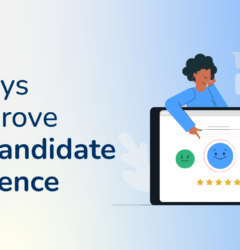

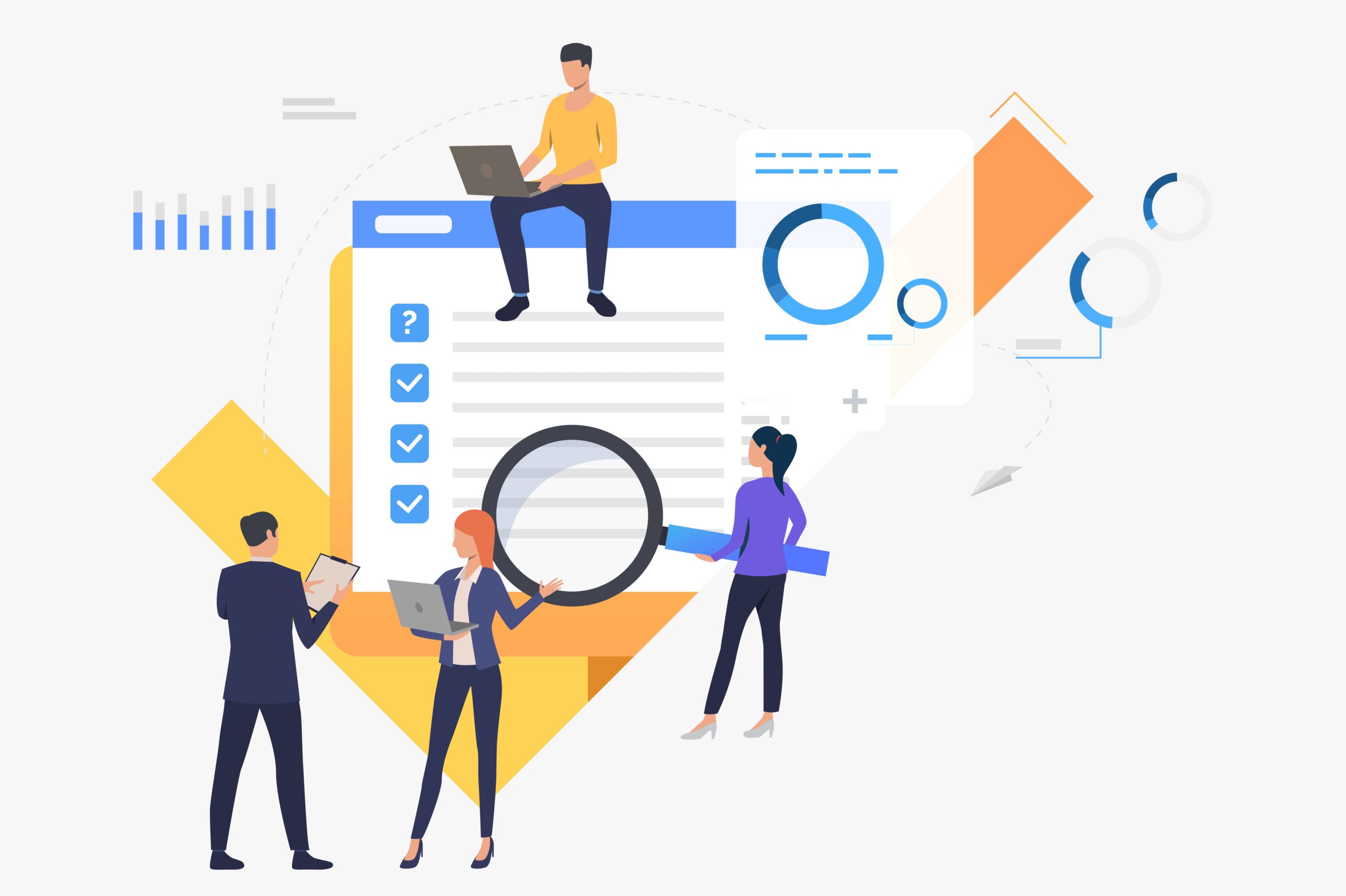
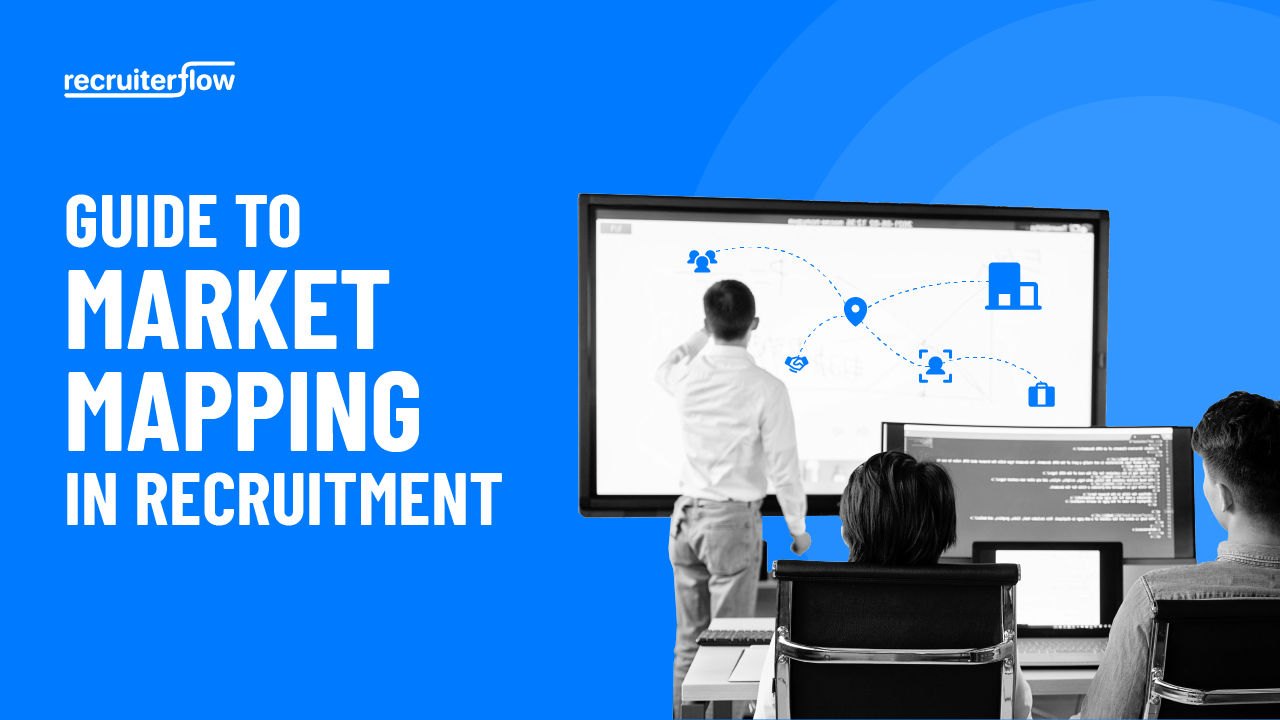
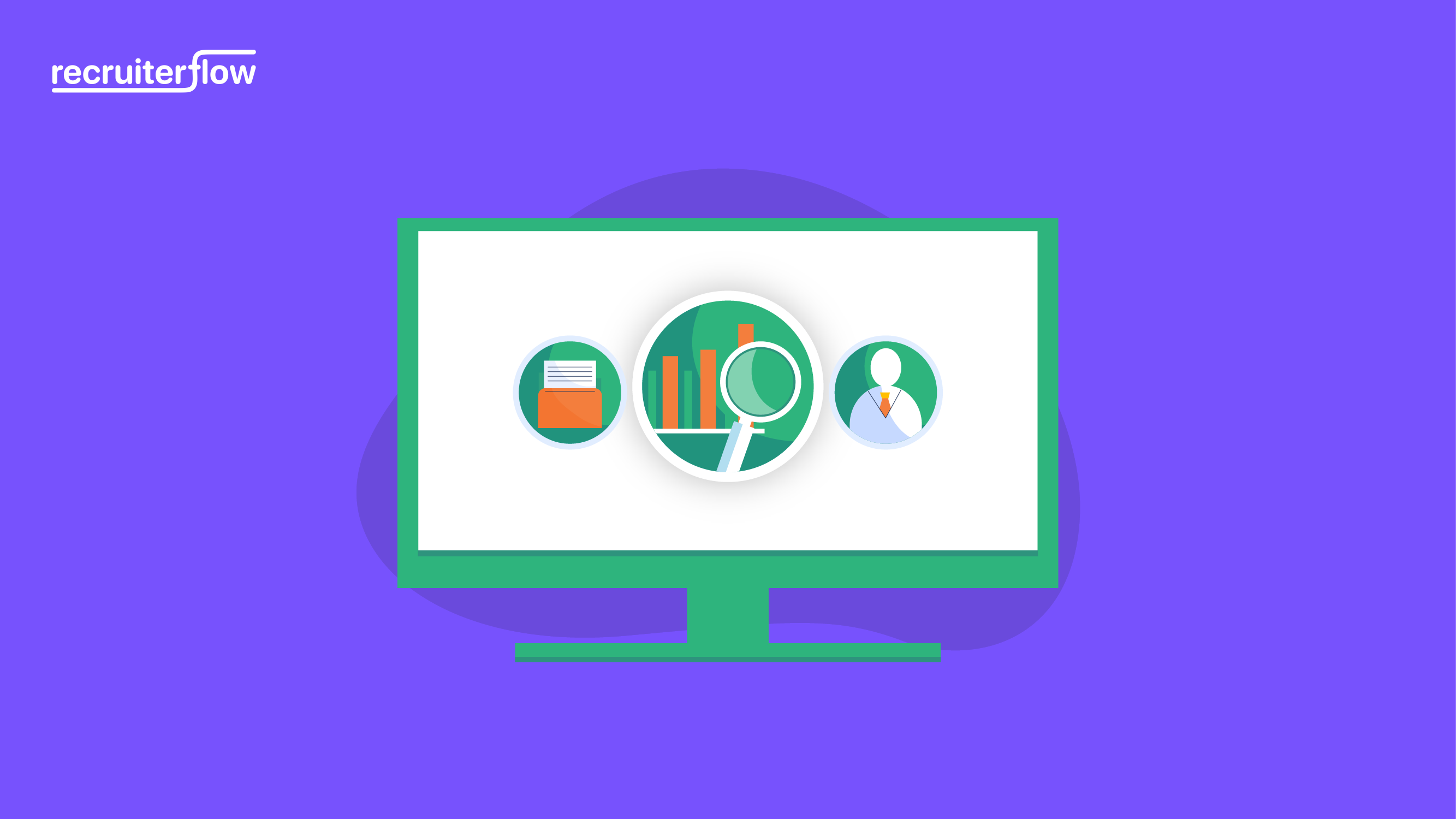

Akshad